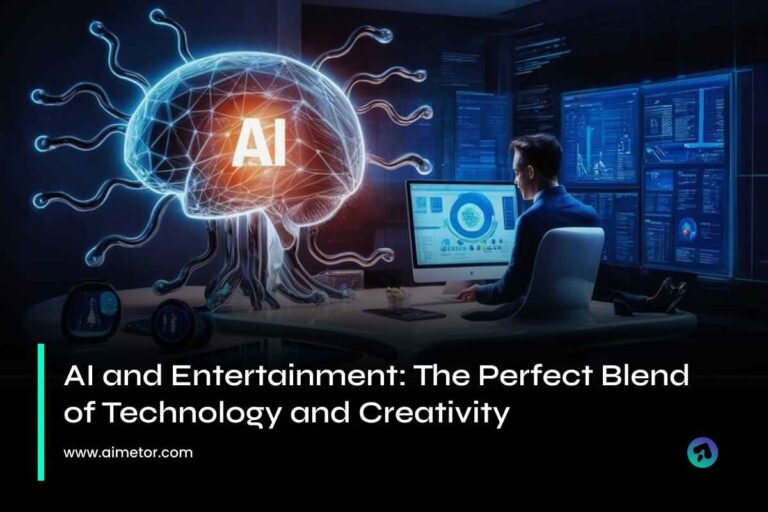The Role of Virtual Influencers in Social Media Marketing
Virtual influencers are providing new opportunities for brands in social media marketing. Powered by artificial intelligence (AI) and computer-generated imagery (CGI), these digital personas are alluring audiences and driving engagement. In this blog, we will explore how virtual influencers are impacting social media marketing, their benefits, challenges, and the future.
What Are Virtual Influencers?
Virtual influencers are AI-generated digital characters designed to look, act, and interact like humans. They are not real people but are created using advanced technology. These influencers dress to impress with stylish looks and curated personalities.
Examples include:
- Lil Miquela: A CGI influencer with millions of followers.
- Shudu Gram: The world’s first digital supermodel.
- Hatsune Miku: A virtual pop star loved by fans globally.
They are entirely controlled by brands or creators, making them predictable and easy to manage for marketing campaigns.
Virtual Influencers in Social Media Marketing
Virtual influencers are becoming an important part of social media marketing strategies. Brands are using their unique capabilities to:
- Tell a Story:
Virtual influencers allow brands to create unique narratives. - Engage Globally:
These digital personas can connect with audiences worldwide. - Brand Safety:
They are immune to scandals or controversies, unlike human influencers.
Here is how they are utilized in campaigns:
- Promoting products with high-quality visuals.
- Creating entertaining and interactive content.
- Supporting causes with AI personas tailored to the brand’s message.
Benefits of Using Virtual Influencers in Social Media Marketing

- Consistency in Brand Messaging:
Brands control every aspect of the influencer’s persona.
Messaging stays aligned with the brand’s values. - Cost-Effectiveness:
There are no recurring payments for human influencers.
Reduced costs for travel, events, or photoshoots. - Enhanced Creativity:
Virtual influencers can be designed to fit any theme.
They can appear anywhere, from exotic locations to futuristic worlds. - Avoiding Controversies
Virtual influencers don’t “go wild” with unpredictable behavior.
They ensure a clean, professional image - Scalability:
Brands can use one influencer for multiple campaigns.
Different audiences can be targeted by customizing the AI persona.
Successful Campaigns Featuring Virtual Influencers
Brands across industries are adopting virtual influencers:
- Luxury Fashion:
Virtual influencers dress to impress in campaigns by Gucci and Prada.
They showcase collections in hyper-realistic digital environments. - Tech Brands:
Samsung and Huawei have collaborated with virtual influencers.
They use them to promote cutting-edge products to younger audiences.
- Entertainment:
Hatsune Miku connects with millions through music and concerts.
These examples highlight how brands use virtual influencers to stay relevant and innovative.
Challenges of Virtual Influencers in Social Media Marketing
Despite their benefits, virtual influencers come with challenges:
- Lack of Authenticity
Virtual influencers lack human emotions.
Audiences may struggle to relate to them. - Ethical Concerns
Some campaigns don’t disclose that the influencer is virtual.
The use of virtual influencers raises transparency issues. - Emotional Disconnect
Humans naturally connect with other humans.
AI-driven personas may feel less genuine. - Risk of Misinformation
Poorly managed AI influencers can spread false information.
Misinformation can harm a brand’s reputation. - Technological Limitations
Creating and managing virtual influencers requires expertise.
Small businesses may struggle with the technical costs.
Future of Social Media Marketing with Virtual Influencers
The future of virtual influencers in social media marketing looks promising. Here’s what we can expect:
- Hyper-Realistic Virtual Personas
Advancements in AI will make virtual influencers more lifelike.
They will mimic emotions and gestures seamlessly. - Integration with AR and VR
Virtual influencers will enhance augmented reality (AR) campaigns.
They’ll interact with audiences in virtual reality (VR) environments. - Collaboration with Human Influencers
Hybrid campaigns will feature both human and virtual influencers.
This will balance authenticity with creativity. - Niche Targeting
Virtual influencers will target specific demographics.
They will cater to the unique preferences of the audience. - Expansion beyond Social Media
AI-driven influencers will appear in video games and virtual events.
Opening up new marketing opportunities.
How to Use Virtual Influencers Effectively
For brands considering virtual influencers, here are tips for success:
- Focus on Authenticity:
The influencer should be aligned with the values of the brand.
Be clear about its AI origins. - Engage Creatively:
Use storytelling to engage with the audience effectively.
Use different formats like videos and AR experiences. - Monitoring:
Track engagement to see the effectiveness.
Adjust campaigns on the basis of feedback from the audiences.
Virtual Vs. Human Influencers
| Virtual Influencers | Human Influencers |
| Consistent and predictable. | Relatable and emotionally engaging. |
| Ideal for creative and large-scale campaigns. | Better for connecting on a personal level with the audience. |
| No risk of any public scandals. | Capable of real-time interactions with the audience. |
Conclusion
Virtual influencers are transforming marketing on social media. Their ability to provide consistent, innovative, and scalable campaigns makes them valuable for brands. However, striking the right balance of innovation and authenticity is very important. As AI technology is evolving, virtual influencers are becoming coherent in marketing strategies.
Brands must find a mix of human and virtual influencers to succeed. By doing so, they can create campaigns that resonate with audiences and achieve lasting success.




